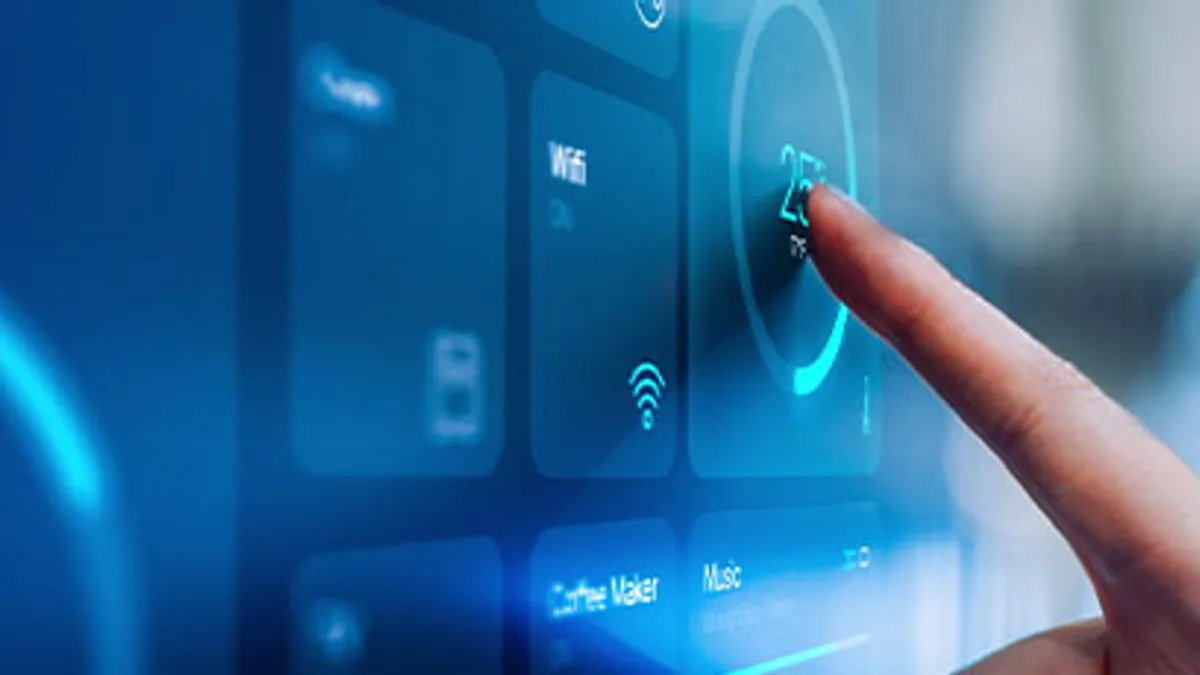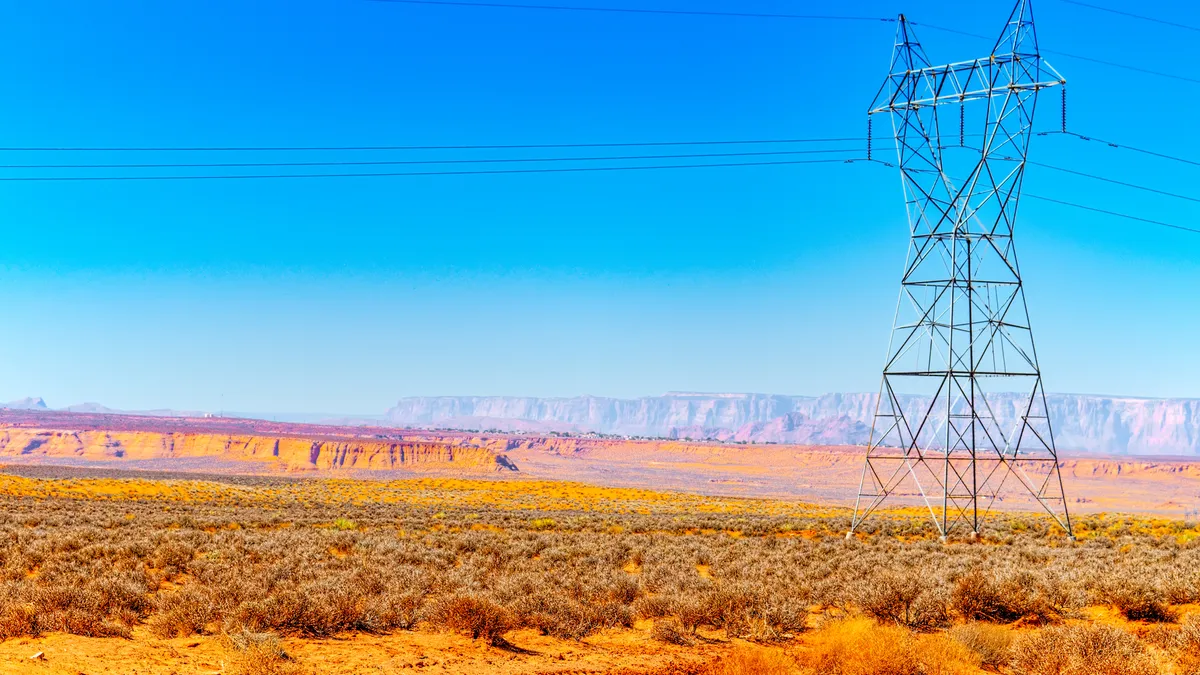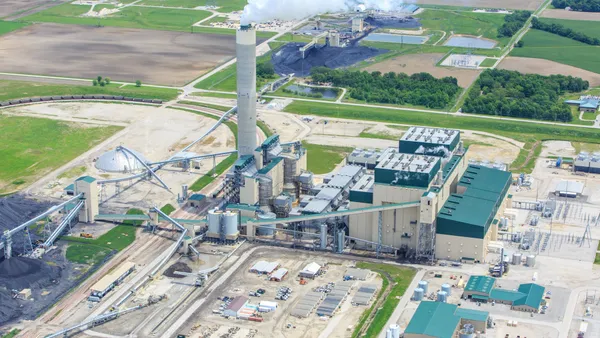Becoming digital is not simply a project that utilities embark on. Rather, it’s an evolution and a way of being that will be necessary for survival. Customers today expect that utility service providers will have an immersive and cohesive digital experience—it’s more than customers merely going online and paying their bills. It reaches far beyond this limited transaction.
It entails offering customers ways to engage digitally for all possible interactions. It leverages technology, data, and customer choice to empower end users, and it changes the mindset of utilities from being reactive to proactive.
What does it mean to be a digital utility?
Becoming digital doesn’t mean that traditional ways of working with customers will evaporate overnight. Traditional media can and should still be used to avoid potentially ostracizing a subset of its customer base. Customers still look to understand relevant information about utilities on the local news and through mailers (such as letters and bill inserts).
However, consumer preference shows that the majority of U.S. adults favor getting their information digitally—and increasingly so for younger individuals (under 50 years old). Being digital augments traditional media and in-person interactions as opposed to eliminating it altogether. It elevates these encounters from a one-way stream of pushing information to a more sophisticated, two-way conversation.
For example: Utilities can use traditional media in the form of a mailed postcard to notify a customer about a new program to send text messages when a service disruption (e.g., outage or main break) has been detected in their area, or perhaps a customer service representative discusses this onsite at the utility’s office.
From there the newly signed-up customer can be preemptively notified of an issue before picking up the phone to notify the utility (changing the pace from reactive to proactive communication). To close the loop, the utility can request the customer to confirm when service has been restored after providing an updated status along the way.
Utilities looking to become digital must build on past transformations of digitizing, converting information into a digital form, and digitalization, the process of moving into a digital business by using technologies to change its business model and provide new revenue and value-producing opportunities. The old (yet still current for some) days of meter reading required a meter reader to physically visit each customer location and write down the numbers on the meter’s register. That would kick off the process to receive necessary information to produce a bill. With handheld devices or tablets, meter readers can key in the readings and circumvent the need for someone else to transcribe those figures from paper to a computer.
The customer expectation of a digital experience
Consider Amazon’s business model: Customers can place an order online or on their app and watch the status of origination, shipment, and delivery on their platform—while simultaneously being notified via email, text, or other push notifications.
We’ve become accustomed to interacting digitally—and we’re finding that it makes our lives easier. Utility customers are requesting and expecting that their utilities will meet them where they are—and that’s on the go: 97% of Americans own a cell phone, up 62% from 2011. It’s clear that utilities need to be able work with their customers in a mobile friendly way.
Customers are demanding options and expect to have choices. If a customer wants to receive a text for a past-due bill, a phone call for available rebates, and an email for utility news, why shouldn’t they be able to do so?
Getting started: How utilities can become digital
Becoming digital is a journey. All journeys have to begin somewhere. In order to put together their digital mission statements, utilities must first reflect on their current environment and determine what being digital will look like for them. The pace of change in the digital world is fast—and it’s evolving even faster. Being nimble, open-minded, and strategic will always be required for success.
The pandemic proved that utilities could adopt quickly under stress and pressure. Nearly overnight, utilities across the country closed their offices, stopped interacting with customers in-person, and invested in tools and training for digital meetings—among a host of other solutions.
When building a digital experience for customers, utilities must recognize that it must be all-encompassing. Consider all the interactions or journeys that customers have with their utility providers: signing up for service, billing, inquiries/complaints, moving in/moving out, etc. Every touchpoint should be available in a way that’s both easy and digitally accessible.
Customers are looking for a portal to serve as a one-stop shop where they can view account information, see how much water/energy they’re using each day, pay their bills, find frequently asked questions, and make requests or suggestions. All interactions in that one-stop shop that occurred outside of the portal (e.g., in-person sign-up for a low flush toilet or lightbulb rebates, call to schedule a meter replacement, etc.) should be reflected in it.
There’s significant integration required to make that happen. In these scenarios, we’re describing billing, customer relationship management (CRM), AMI, work order management, and additional software solutions that all tie together timely and accurately. In crafting the strategy to go digital, it needs to be thoughtfully planned, where each step is mapped out with the customer in mind.
Putting strategy on paper and working through the nuances of new technology and associated integrations is just one aspect of becoming digital. But the most fundamental—and often-overlooked—requirement for a successful digital customer experience? The utility employee.
Customer-facing employees must be empowered to contribute to the digital strategy and be fully immersed in this journey. By enabling employees or “digital workers” through improved and integrated back-office tools and processes, utilities can expect these individuals to have a more fulfilling and rewarding role. Satisfied and vested employees have better relationships with customers, advocate on their behalf, and help to shape a stronger digital experience for the utility.
Conclusion
There is a tremendous amount of work to be done outside of systems integrations, including a plethora of change management actions. Start by identifying the customer touchpoints that should be prioritized and work through them individually. Utilities must put themselves in their customers’ shoes throughout the process, asking how they would want to engage and soliciting their feedback.
A true advantage of being digital is that those utilities can offer a more individualized way of working with customers, giving them more choices, heeding their requests, and building better relationships.










